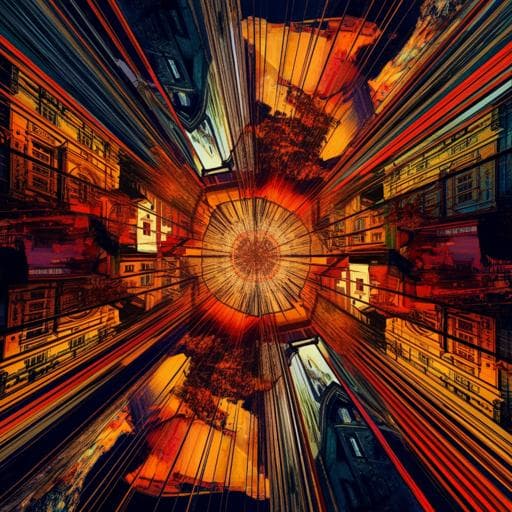
Environmental Studies and Forestry
What do we visually focus on in a World Heritage Site? A case study in the Historic Centre of Prague
F. Liu, J. Kang, et al.
This fascinating study conducted by Fangfang Liu, Jian Kang, Yue Wu, Da Yang, and Qi Meng delves into visual focus patterns in the Historic Centre of Prague to assess the impact of modern construction on its visual integrity. Using eye-tracking technology, the research reveals critical insights into how new high-rise buildings can affect the charm of this UNESCO World Heritage Site.
~3 min • Beginner • English
Related Publications
Explore these studies to deepen your understanding of the subject.







